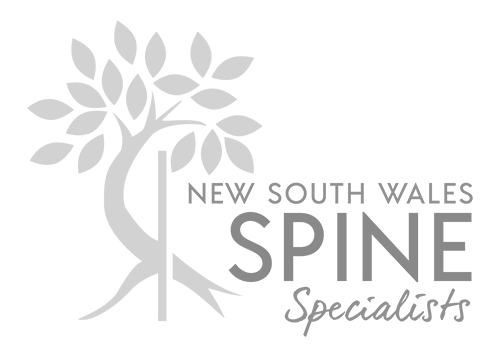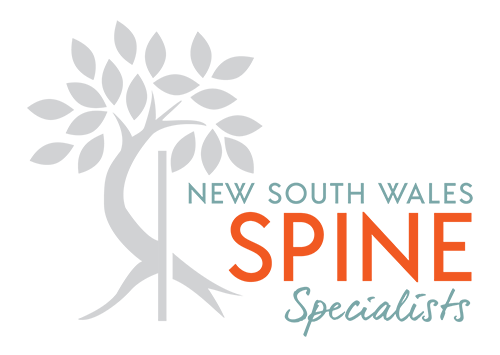Scoliosis is a condition where the spine or back bone is curved sideways instead of appearing in a straight line. The most common type of scoliosis is adolescent idiopathic scoliosis which occurs after age 10 and is seen more frequently in girls than boys. Scoliosis can occur at any age.
Causes of Scoliosis
The cause of scoliosis is not known in 80% of cases. This is referred to as idiopathic scoliosis. Dr Hsu and Dr Singh will investigate other possible causes before diagnosing you with idiopathic scoliosis. Scoliosis causes are categorised into two groups:Non-Structural Scoliosis: This type of scoliosis presents as a structurally normal spine with a temporary or changing curve.
Causes include:
- Differences in leg lengths
- Muscle Spasms
- Inflammatory conditions such as appendicitis
Structural Scoliosis: This type of scoliosis presents with a fixed curve in the spine.
Causes include:
- Birth defects
- Injury to the spine
- Infections
- Neuromuscular diseases such as cerebral palsy and muscular dystrophy
- Tumors
- Connective Tissue Disorders
- Rheumatic Diseases
- Scoliosis Treatments
Treatment of Scoliosis
This is based on Dr Hsu or Dr Singh’s assessment of the spinal curve, its cause, the age of the patient, and how much more the patient may grow. Treatment options include:Observation:
Dr Hsu or Dr Singh may want to see you every 4-6 months to monitor the curve if your scoliosis is mild with a curve of less than 25 degrees.
Bracing:
Dr Hsu or Dr Singh may recommend wearing a brace to prevent the curve from worsening while the patient is still growing or if your curve is greater than 30 degrees.
Surgery:
If the patient is still growing and the curve is over 40 degrees, or is worsening, surgery may be recommended. The most common surgical procedure for Scoliosis is correction, stabilization, and fusion of the curve.
All surgical procedures involve risks. The information provided here is for general educational purposes only. For specific advice regarding scoliosis treatment, please book an appointment with one of our surgeons.
For appointments and enquiries please phone 1300 975 800
info@ssnsw.com.au
Fax: (02) 9136 7396
8:00 am - 5:30 pm
Monday to Friday

